How To Make a Rope from Plant Fiber in 4 Steps & Which Plants to Use
-
Codee Chessher
- Last updated:
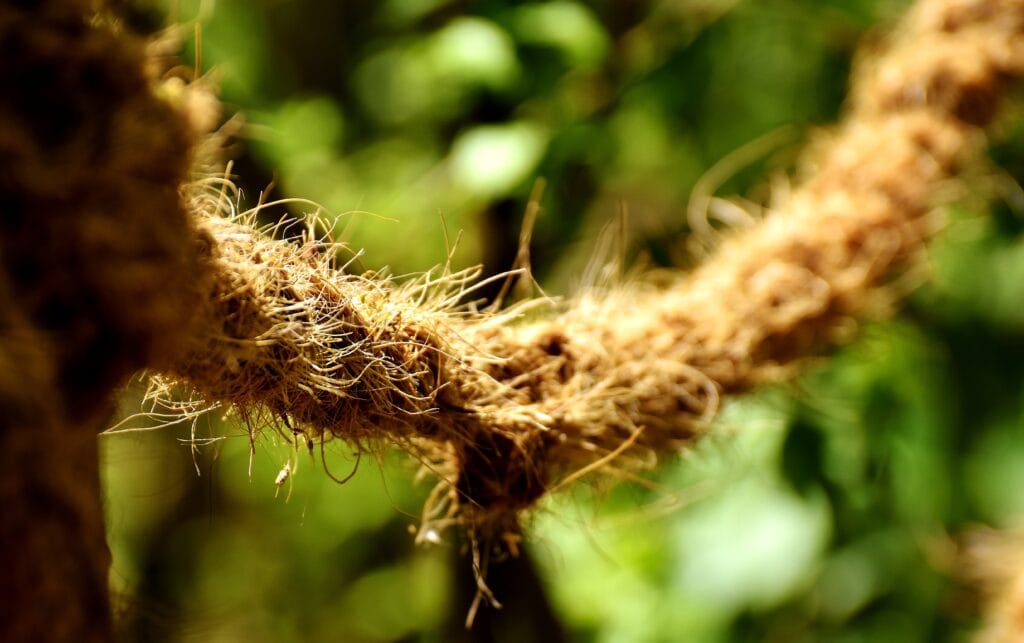
Ropes are an incredible survival tool, not to mention useful for crafts and myriad other practical uses. Let’s say you get stranded in the woods and don’t have anything on you—how do you get rope? You may have heard you can weave rope from plant fiber, and it’s true! We’ve gathered all the info you need to know about making rope from raw plant fiber. Let’s dive in with the details below.
Before You Begin
The main thing to touch on here is the parts of the plant. Identifying what parts to scrap and what are useful rope materials are essential skills here, so let’s briefly cover those parts.
- Inner bark: the main thing you’re looking for—the tough fibers are perfect for weaving durable rope.
- Grass fibers: these are easy to handle, but the short fibers limit what you can make. Useful for making short-term or disposable rope.
- Stalk fibers: something of a middle ground between grass and bark, stalk fibers are long and easier to work with than bark but more durable than grass.
How to Make Rope From Plant Fiber
1. Locate Suitable Plant Material
It’ll take some trial and error to figure out what plants have good fiber for making rope, but we’ll list some of the best ones to get you a head start.
Stinging Nettle
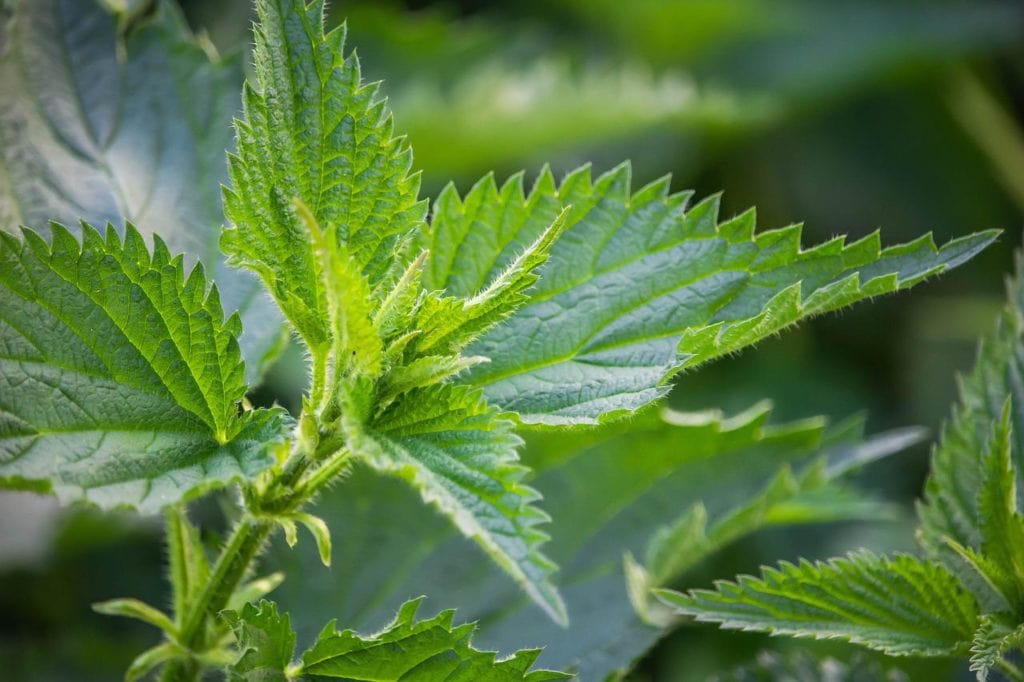
Stinging nettle is mainly native to the Pacific Northwest but has been used in traditional Native American remedies for ages. The plant itself doesn’t look all that useful, but you have to harvest and dry it to reap its full benefits including ropemaking. The biggest downside? You’ll need gloves to handle it.
Yucca
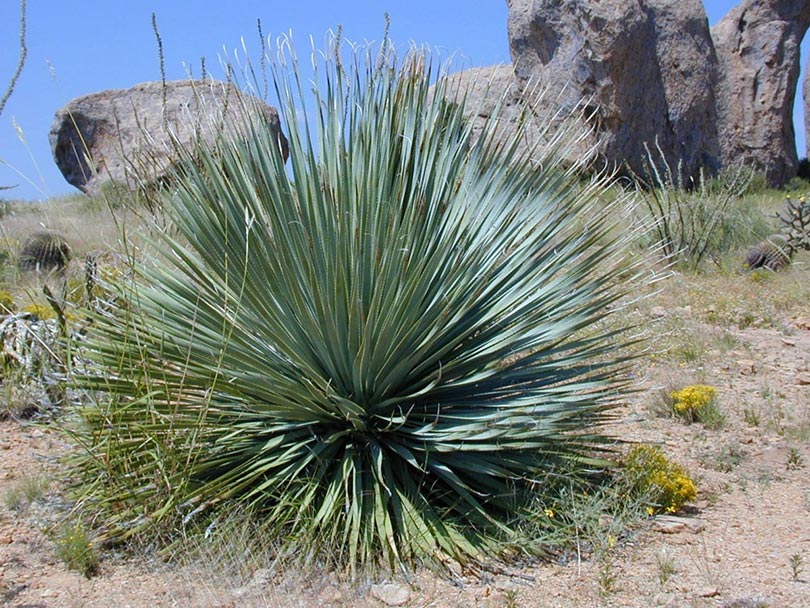
Yucca is a little sandy bush most of us have seen on roadsides all over the continental US. It’s also used for making rope, as the Native Americans learned. Yucca is woodier and safer to handle than stinging nettle.
Dogbane
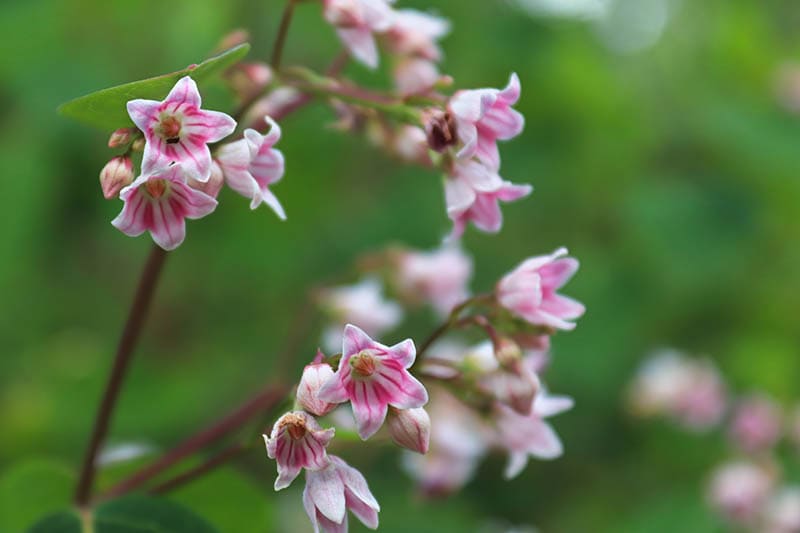
Mainly found hanging around forests and clearings, dogbane is a very fibrous and excellent rope material. We suggest starting with dogbane, if possible, and adding milkweed for strength. We should mention that dogbane is highly poisonous, so make sure you don’t accidentally ingest part of the plant or let pets or kids eat it either.
Milkweed
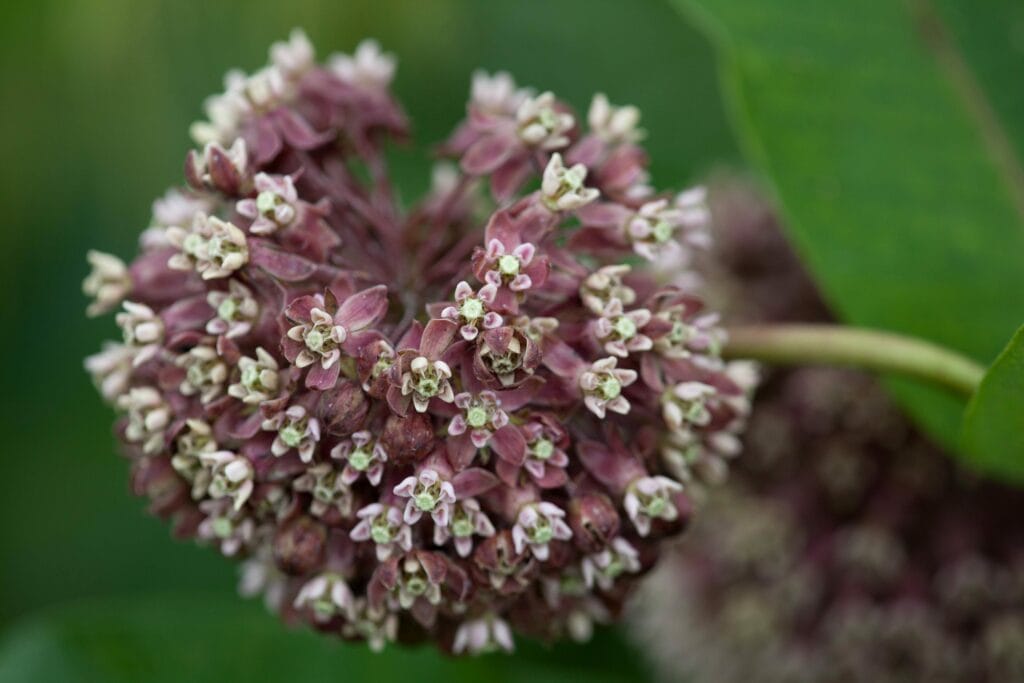
Milkweed is ideal rope material, with a high fibrous content. It’s also not toxic like Dogbane but lacks Dogbane’s flexibility. Still, you can weave decent rope with milkweed alone in a pinch. You can add a dogbane to help prevent it from cracking if you want the rope to last longer.
2. Harvest & Process Plant Fibers
We covered the different fiber types above, and it’s time to harvest them once you’ve located a suitable plant. Use a knife to harvest your plants and then boil them for a few hours until the plant material dissolves away. The resulting solids you’re left with are pure plant fiber. In some cases, it’s possible to just soak woody, fibrous stalks in water, but that’s not as good for rope.
You can also simply find brown, dead plants and use that as raw plant fiber. This is a useful method to make rope when you’re in a hurry.
3. Buff the Fibers
Take your plant fibers and roll them around on your skin for a while until they start to unravel and get stringy. Denim works great, too, because abrasion is what makes the process work. The thinner the better because you can weave them more easily. Continue and repeat this process until you have enough material to make the rope.
4. Weave the Rope!
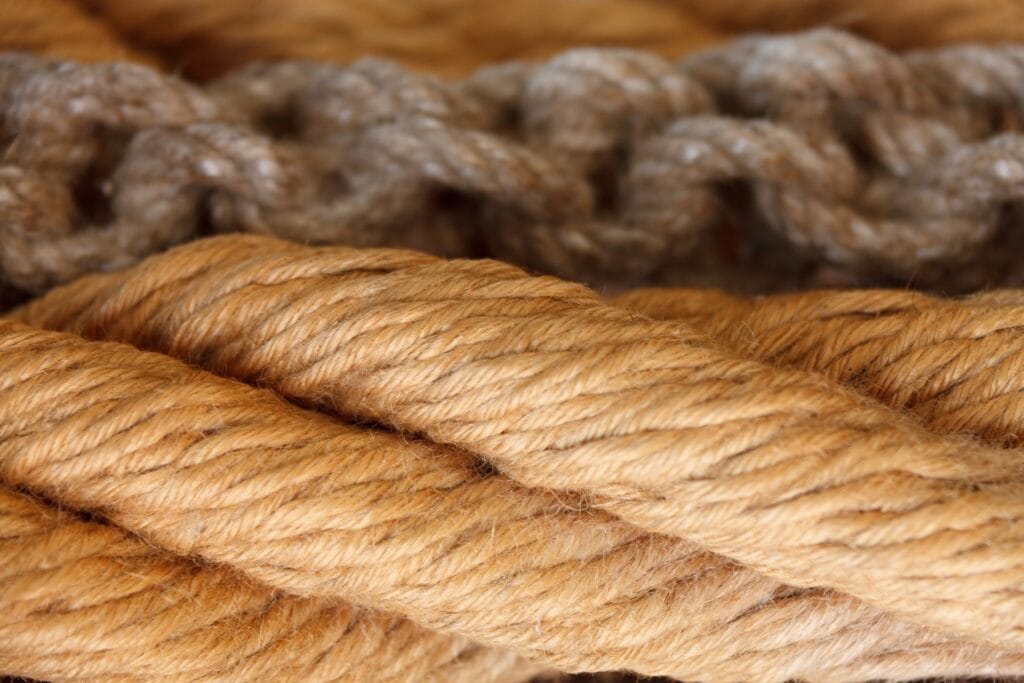
It’s time to wrap your fiber into rope. Take strands and lay them side by side, then wrap one over the other. The process is difficult to describe via text, but you start adding more strands and twisting them together, over and over.
Twist the fibers tightly together at first to create a strong rope core, then slowly add one or two strands at a time. Twist the strands and knot them closed to end a cord. You can then weave more cords and weave the cords together, which is a similar process.
Conclusion
Making rope from plants is a really cool survival skill that few people know to do, but it’s fairly easy. You just have to pay close attention to what you’re doing and take your time. Wrapping loose rope to start with will ruin the whole rope, so seriously, wrap tightly and slowly to start. Soon you’ll have a rope to swing across the jungles with!
Featured Image Credit: Jumpstory
Contents
